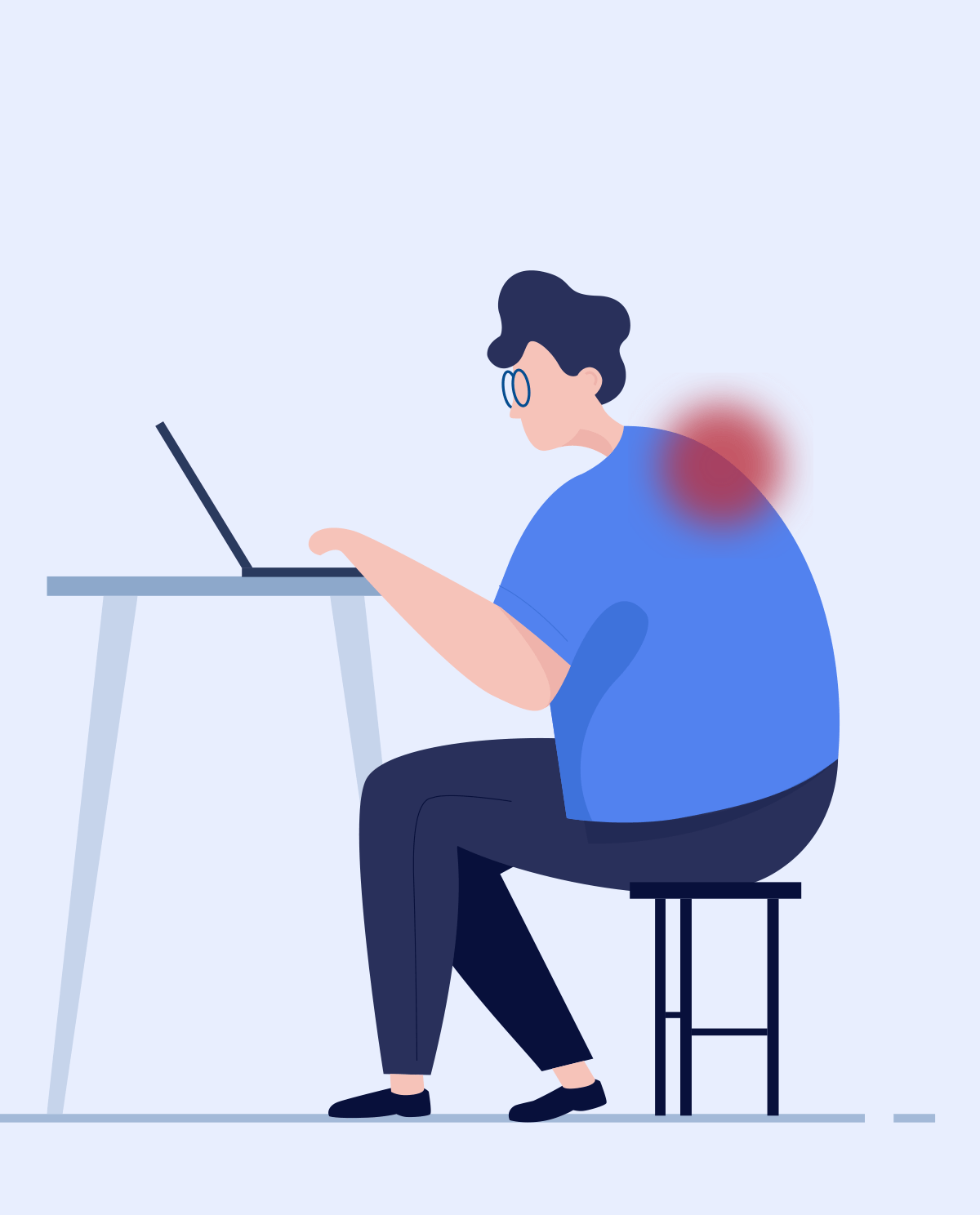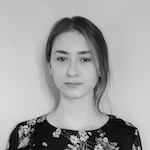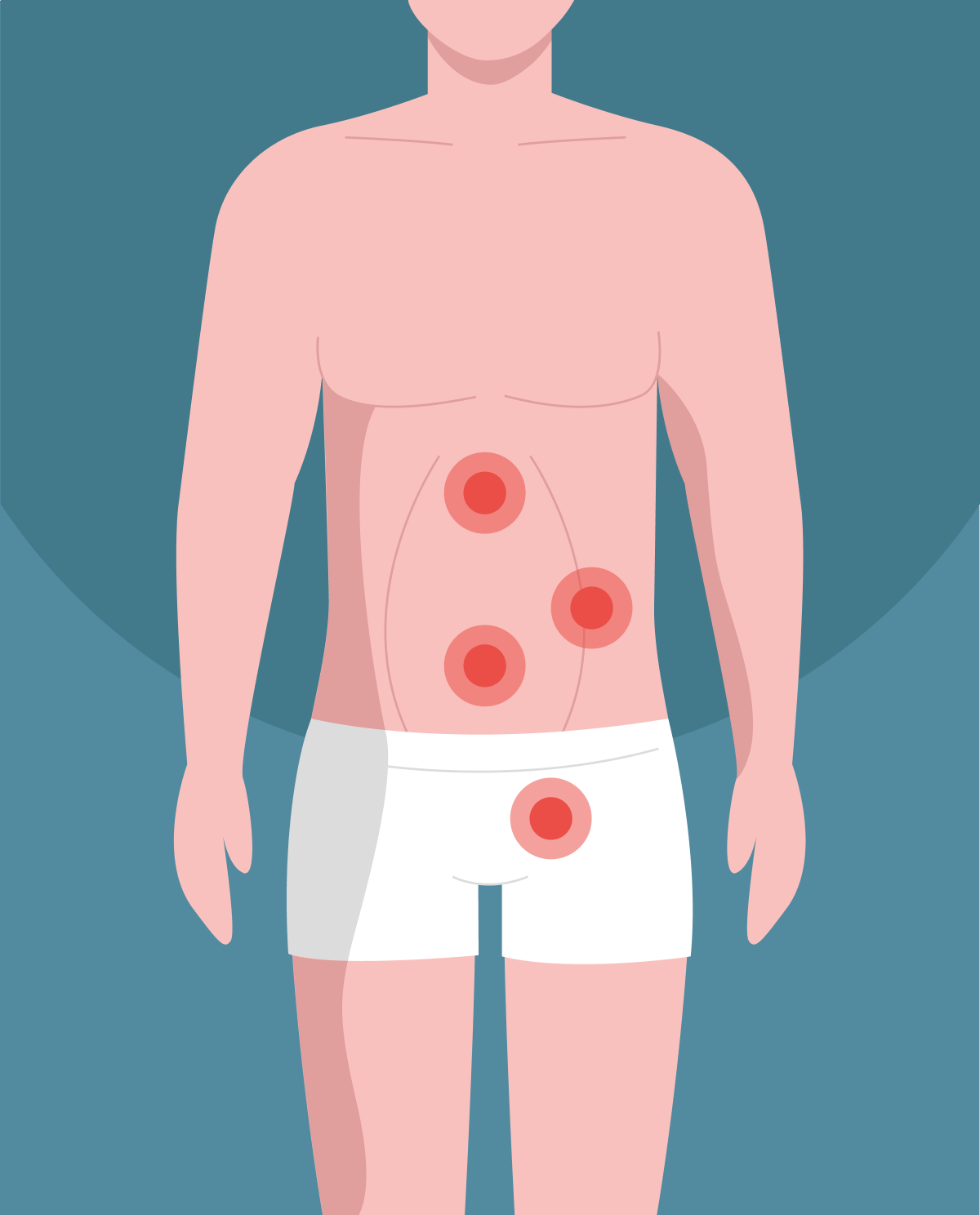What is a dowager's hump?
A dowager’s hump is acquired due to the combination of many factors, mainly postural defects of the cervical spine. The resulting "hump" is tissue elevation in the region of the most protruding spinous process of the cervical spine (c7). Thickening of the tissue is most often accompanied by hyperkyphosis of the thoracic segment (a rounded back and excessive internal rotation of the shoulders). A common sight is also head protraction in relation to the torso (protrusion of the head forward).
In the past, this problem was identified mainly with middle-aged women. However, due to a significant change in lifestyle and the ever-increasing number of hours spent in front of a computer, telephone or simply in an unhealthy position, the dowager’s hump now affects both women and men, even at a relatively young age.
What symptoms can accompany this condition?
Often at the beginning, the disease can be asymptomatic. At a later stage, in addition to visible effects, the patient can often struggle with:
- headaches, migraines,
- nausea and vomiting,
- imbalances,
- backache in the lumbar spine,
- numbness and pain radiating to the upper limbs,
- upper limb weakness,
- burning sensation and numbness around the neck,
- bruxism (teeth grinding or jaw tension).
Causes
The sources of problems with the cervical segment can be many and they are definitely diverse, in most cases they are:
- incorrect body posture - muscle overload in the cervico-thoracic spine,
- upper junction syndrome (muscular imbalance of the shoulder girdle),
- TH4 syndrome,
- prolonged sitting position, resulting in contracture of neck extensors,
- aspects of psychological nature affecting body posture - crossed arms, slouching,
- long-term stress that affects muscle tension,
- lack of physical activity,
- genetic factors (effect on cervical spine structure, less resistance to deformities),
- osteoporosis,
- obesity.
Effective treatment - corrective exercises
The treatment of "dowager’s hump" is a complex process. In the first phase of treatment, the exercises are aimed at stretching excessively tense muscles. Often at this stage, relaxing massages, acupuncture, acupressure or kinesio taping are used to support the treatment. In addition, the patient is instructed on how to configure his workplace, an orthopedic pillow and prevention of maintaining incorrect posture are recommended. In the next stages of treatment, strengthening exercises, fascial therapies and a pool are used. To reduce haemostasis, weight reduction through aerobic exercise and diet is an important part of treatment.
It is worth noting that exercise and physical activity can have a positive effect on the patient, regardless of the stage of the disease. Performing appropriate exercises and self-therapy (self-therapy) can improve a patient's quality of life and, above all, slow down the development of the disease.
In some more complicated cases, however, it is necessary to use invasive methods of treatment, which may involve surgery.









